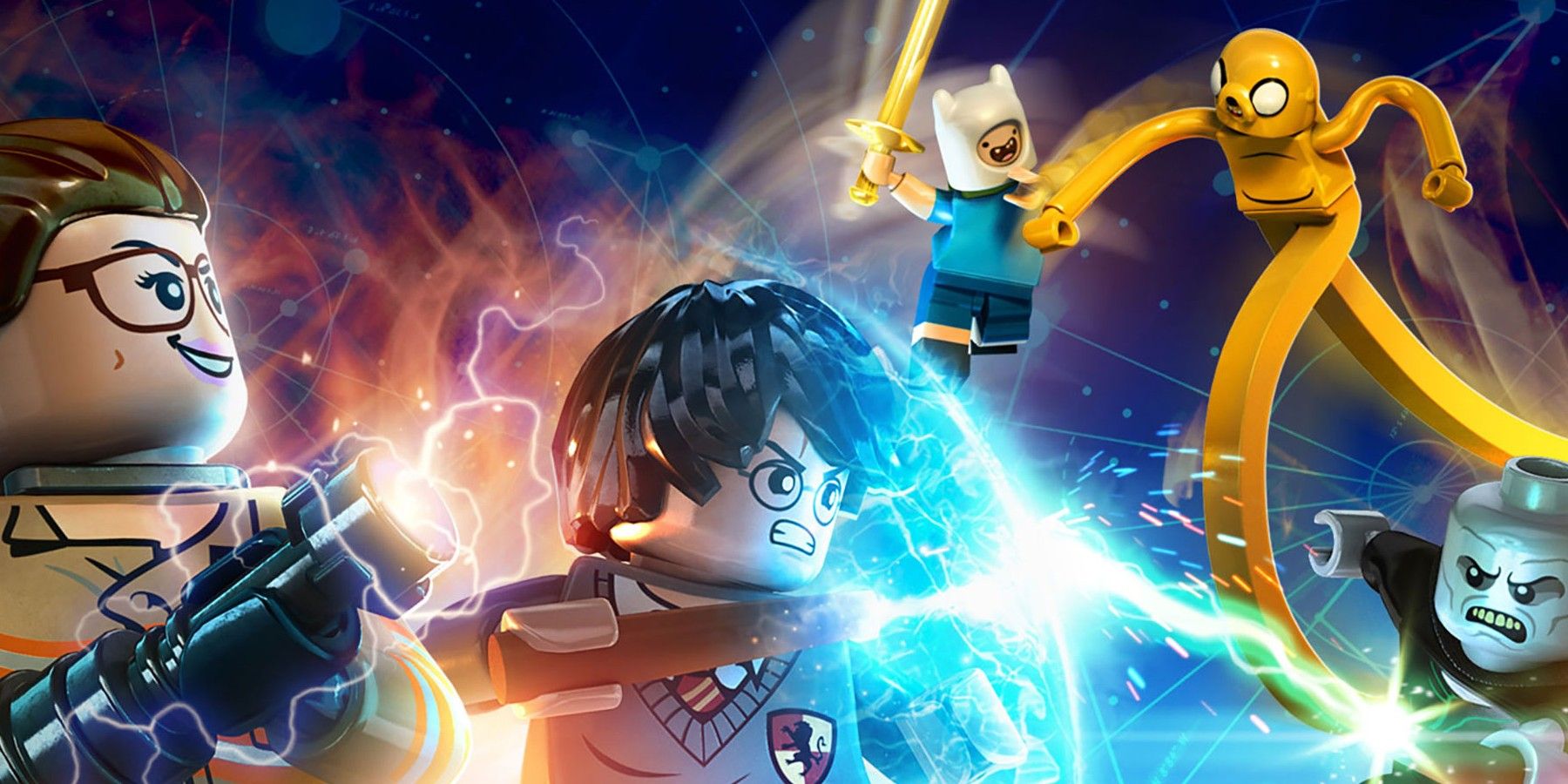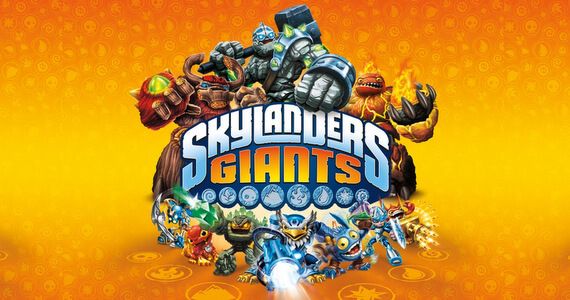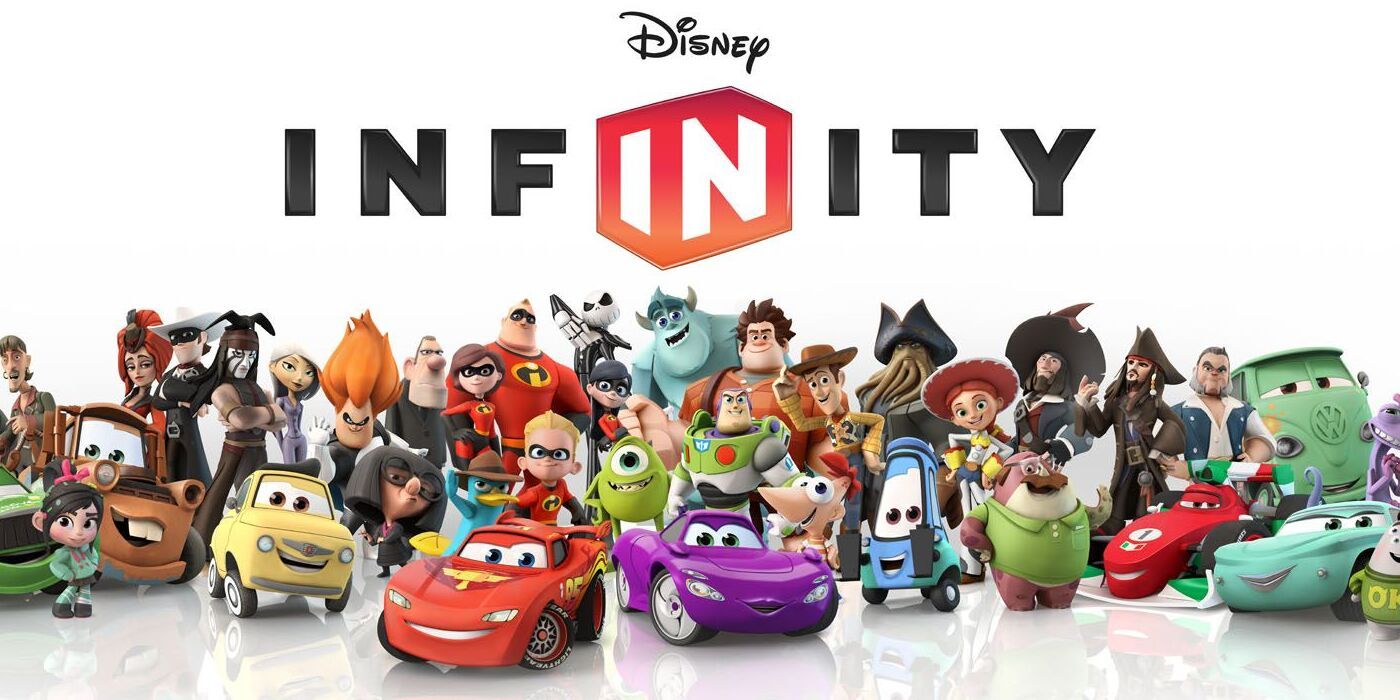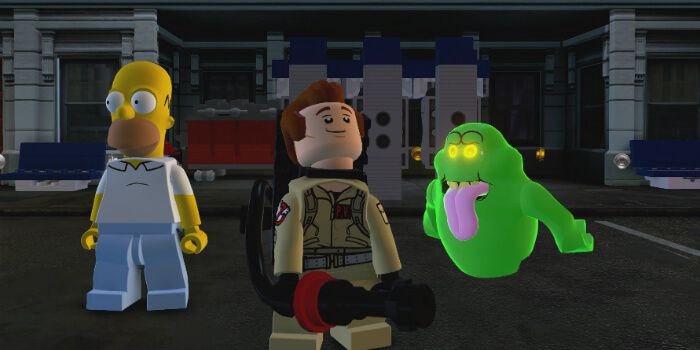The video game industry has had a fairly long history that some historians believe stretches all the way back to the 1950s. In that time, gaming companies, developers, and publishers have tried anything and everything to get the consumers' money. While, of course, the vast majority of industry workers are in it for the love of the craft and artistic expression, there have always been those that strive to wring every last cent out of a customer.
While the gaming industry right now might be full of excellent first-part experiences that can truly be described as fine art, there's still plenty of questionable practices going on, such as Ubisoft's recent attempt to capitalize on the NFT craze. But there is one gaming fad that made such monumental waves in the gaming market, only to fizzle out with a mere whimper a few years later: toys-to-life.
The Birth of Toys-to-Life
The first game credited with the toys-to-life moniker is a game called U.B. Funkeys. The 2007 PC game had all the elements that would come to define the genre, with a USB add-on that acted as the gateway for the figures to cross over into the game itself. The premise is simple: players bought the starter pack which included the USB Hub and a few figures, and players could unlock new areas and characters in the game by buying a figure and putting it on the Hub.
This simple, but potentially lucrative concept would be used to create one of the most infamous video game series of all time, Skylanders. What started as a simple Spyro spiritual successor quickly became the world's hottest game, with the original 2011 Skylanders: Spyro's Adventure starter pack selling around three times more than publisher Activision had initially expected. Skylanders: Giants, the sequel which released the following year, made over $195 million in the US alone. It was clear that this relatively new genre could make a lot of money, and other companies started to take notice.
The Great Success of Toys-to-Life
The continued success of the Skylanders series prompted other publishers to follow suit, and it wasn't long before Skylanders had some serious competition on the market. The first to really rise to the challenge, as should've been expected, was Disney Infinity - a game that took the toys-to-life premise and slapped a wide range of incredibly popular and recognizable licenses all over it.
The first Disney Infinity game released in 2013, and offered a good selection of iconic Disney and Pixar characters to play as, each with their own various character packs, map packs, and ability tokens. Over the next few years, sequels titled Disney Infinity 2.0 and 3.0 would bring a smorgasbord of beloved Marvel and Star Wars characters to the game, again each with their own vast array of extra packs and tokens that were necessary to unlock everything in-game.
But if there's one company that can rival Disney when it comes to iconicity, especially in the toy market, it's LEGO. In 2015, LEGO Dimensions released, and expanded on the genre in several key ways. The first way LEGO Dimensions separated itself from the rest of the market was its apparent value; it was generally accepted that the toys present in LEGO Dimensions' packs were of a higher value than those in competitors' like Disney Infinity or Skylanders, as players got to build the toy and play with the minifigures that came with the pack.
Similarly, LEGO Dimensions, through its extensive range of character and story level packs, had accumulated a frankly impressive number of popular licenses. All types of movies, TV shows, and even video games got some kind of pack in Dimensions, and with many iconic characters present in the game but not having a large-scale, traditional LEGO set available, these Dimensions packs were the only way to get some of most fan-requested LEGO characters. For example, characters like Sonic and Chell from Portal got packs, and the likelihood of them receiving any other form of LEGO set was extremely unlikely.
The Inevitable Death of Toys-to-Life
All good things must come to an end, and the toys-to-life genre has almost certainly reached the end of the line. While Skylanders is allegedly still ongoing, despite not releasing a mainline game for five years, both Disney Infinity and LEGO Dimensions have confirmed their cancellation.
Despite the apparent success of these seemingly giant franchises, these toys-to-life staples have all fallen, fizzling out towards the end of their lives. When determining why this was the case, many have pointed to the market's oversaturation at the time; with all of the toys-to-life games flooding the market at the same time with new packs and sequels, it was easy for the consumer to become overwhelmed, and decide that investing in the genre was just too intimidating.
This oversaturation also didn't help the genre to feel like a smart financial move, with many gamers quickly realizing that they were paying for a mediocre game with very little content, just so they could buy the rest back for an exorbitant fee. Many also became disenfranchised with the genre as a whole, believing that the games weren't made for the player, but made to sell toys, weaponizing beloved properties and nostalgia to convince the player that the product was worth investing in.
Today, the toys-to-life genre is all but dead, with only a few high-profile attempts being made to revive it over the last few years. Even the surprisingly solid Starlink and its Starfox expansion couldn't save the genre.
Now, Nintendo is the only company really willing to dip its toe into the water, with its successful line of Amiibos acting similarly to other toys-to-life figures, and the recently released Mario Kart Live: Home Circuit using real-world toy karts to create and racetracks on the game. However, these aren't true toys-to-life experiences, and it seems likely that gamers will never see the return of the genre.




